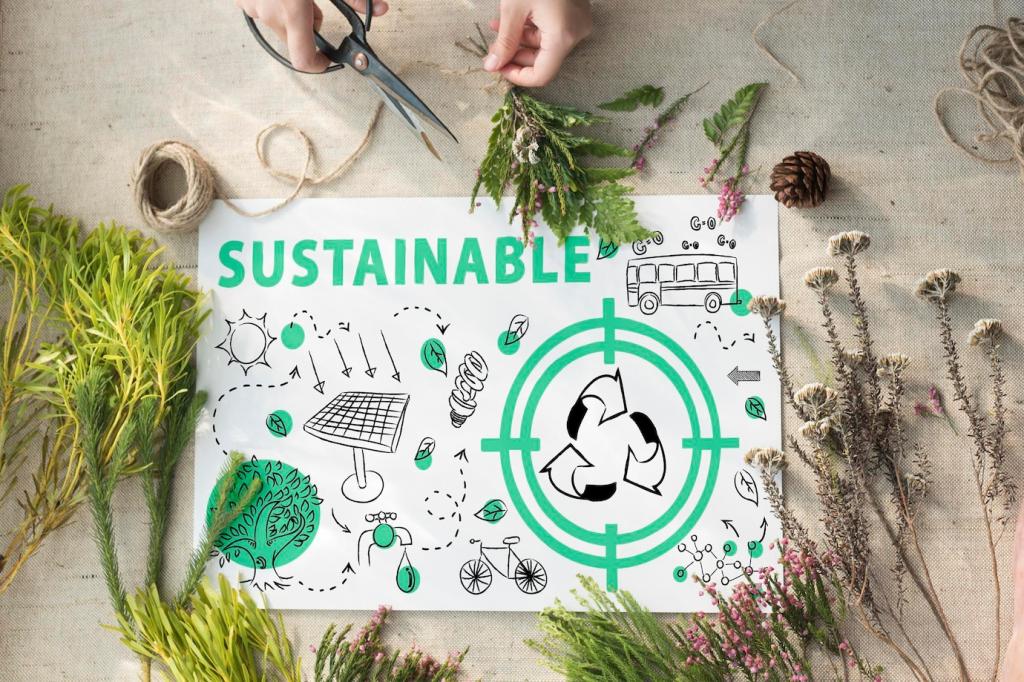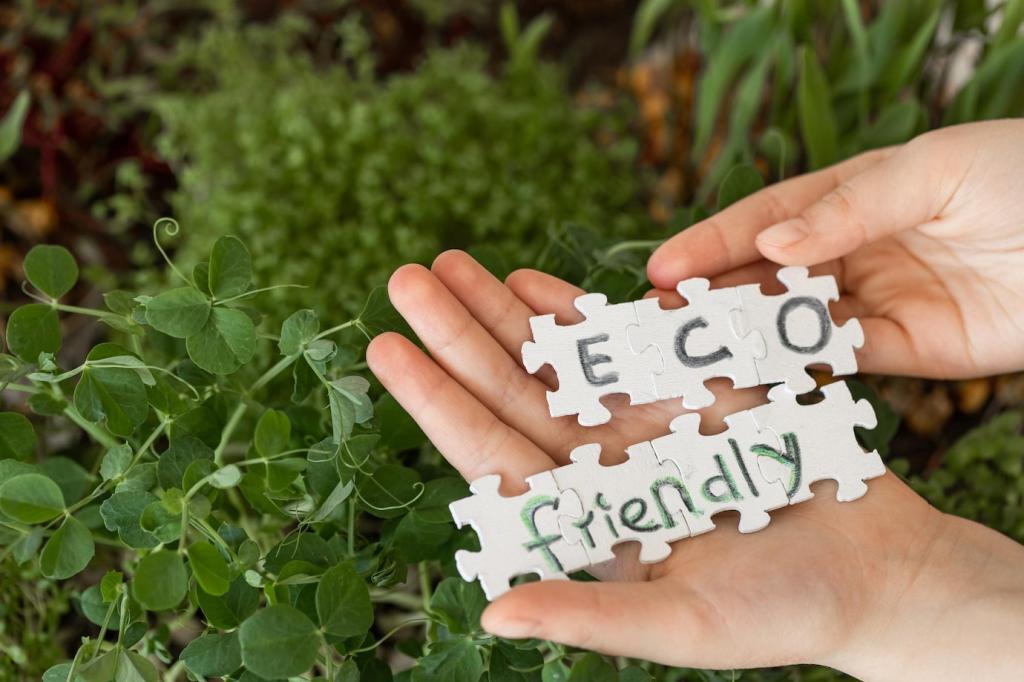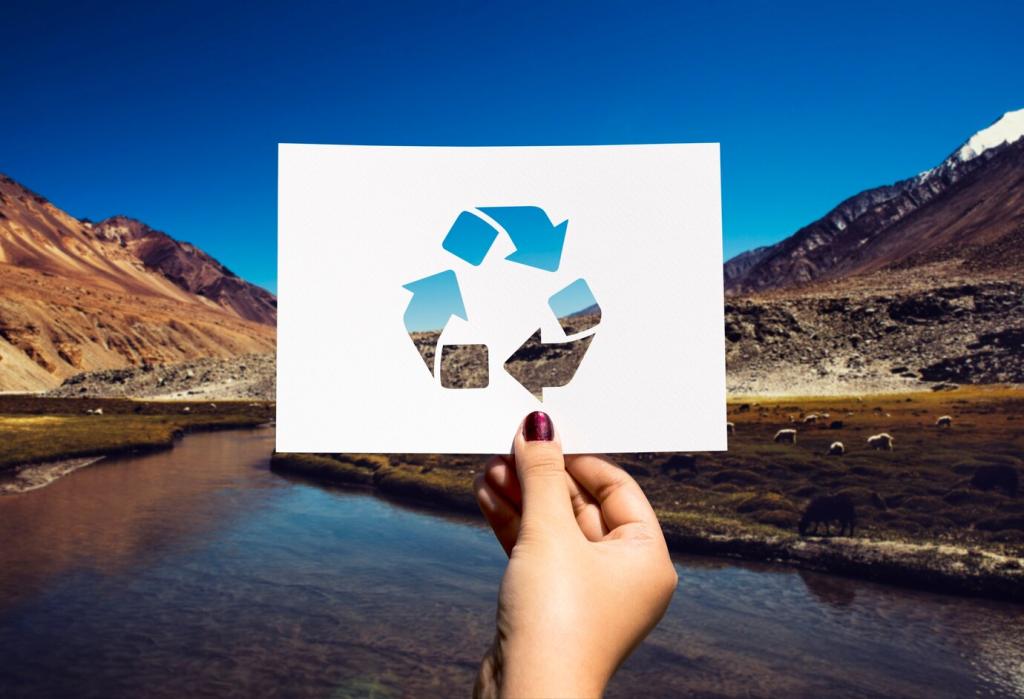Sustainable Upholstery Cleaning Guide: Fresh Seats, Lower Footprint
Selected theme: “Sustainable Upholstery Cleaning Guide.” Welcome to a friendly, practical roadmap for spotless sofas and chairs done the greener way—gentle on fibers, safe for your home, and kinder to the planet.
Why Sustainable Upholstery Care Matters
Many solvent-heavy products release volatile compounds that linger indoors, irritating lungs and dulling fabrics over time. Sustainable approaches reduce chemical load, protect dye integrity, and cut waste, all while ensuring your upholstery ages gracefully rather than prematurely.

Why Sustainable Upholstery Care Matters
Not all fabrics behave the same. Cotton, linen, microfiber, wool blends, and plant-based leathers respond differently to pH, moisture, and heat. Understanding labels and fiber behavior prevents damage, reduces re-cleaning, and conserves both water and your own energy.
Your Eco-Safe Cleaning Kit
Stock gentle heroes: fragrance-free castile soap, distilled white vinegar for mineral issues, baking soda for deodorizing, and a touch of plant-based surfactant for lift. Keep solutions diluted, test discreetly, and document what works for your unique upholstery.


Your Eco-Safe Cleaning Kit
Choose a HEPA vacuum with upholstery attachments, soft microfiber cloths, a natural-bristle brush, and a refillable spray bottle with fine mist. Reusable tools beat disposables, cut landfill waste, and deliver consistent, fabric-friendly results week after week.
Spot Cleaning, the Low-Waste Way
Stain triage with pH sense
Identify the culprit: acidic coffee, protein-based milk, or oily salad dressing. Match with appropriate mild countermeasure, working from the outside inward. Always pretest, use minimal moisture, and blot patiently to avoid spreading and wick-back.
Blot, don’t rub—your fibers will thank you
Place a clean, dry microfiber cloth over the spot and apply gentle pressure. Replace cloth sections frequently, mist cleaner sparingly, and continue blotting. Rubbing drives pigment deeper, damages pile, and increases water use unnecessarily.
Anecdote: the cranberry-sauce couch rescue
During a holiday dinner, a reader blotted immediately, misted diluted castile soap, and pressed with fresh cloths until transfer stopped. After a cool-water mist and patient air-drying, the stain faded away—and so did the panic. Share your triumphs too.
Deep Cleaning Without the Damage
Steam smarter, not harder
Use low-moisture steam passes with short, controlled strokes. Excess heat can relax glues, distort blends, and over-wet cushions. Ventilate well, and follow with a dry towel blot to capture loosened soil while minimizing drying time and energy.
Low-moisture methods that shine
Dry foam or encapsulation lifts soil with minimal water and quick drying. Apply lightly, agitate gently with a soft brush, and vacuum thoroughly after curing. You’ll preserve shape, reduce mildew risk, and keep that fresh, low-impact clean longer.
Drying with patience and airflow
Open windows, run a fan, and avoid direct high heat. Cushion cores hate trapped moisture. Elevate pillows vertically to encourage even evaporation. Post-clean, invite readers to drop their best airflow hacks—we all win with faster, safer drying.

Make Clean Last: Protection and Circularity
Rotate cushions, shield from direct sun, and consider washable slipcovers for high-traffic areas. Simple habits cut fade, soil, and wear, reducing how often deep cleaning is needed and preserving fabric for years longer.

